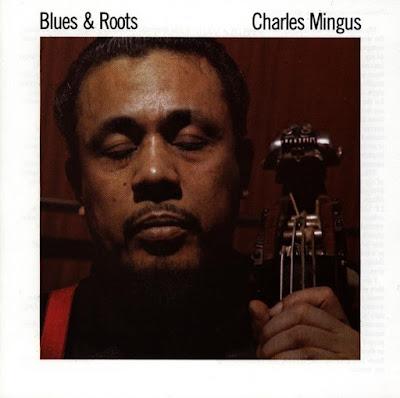
La Closerie des Lilas, Paris
"Writers and coffee go together like espresso and steamed milk. Everywhere you look, there's a writer plugging away on their laptop in a cafe, usually with a steaming cup of joe by their side. Caffeine stimulates the brain and increases productivity—something I know because I drank three cups of coffee before writing this blog post—but that's not the only reason why writers huddle in coffeehouses. Cafes all over the world have long been hubs for writing communities, like the Beats or the Lost Generation, to discuss ideas, read poetry, and of course, write. Many of these historical sites are still around, serving coffee and tea to the next generation of young writers in Paris, New York, and Rome, who, like their bohemian forebears, are looking for a cheap place to hang out that's not their apartment. Here are seven of our favorite literary cafes from around the globe. ..."
The New York Public Library
2010 September: Espresso, April: The History of Coffee and How It Transformed Our World, 2013 May: Coffeehouse, 2015 June: Barista, 2015 August: Coffee Connections at Peddler in SoHo, 2015 November: The Case for Bad Coffee, 2016 January: 101 Places to Find Great Coffee in New York (2014), 2017 June: How Cold Brew Changed the Coffee Business.















































